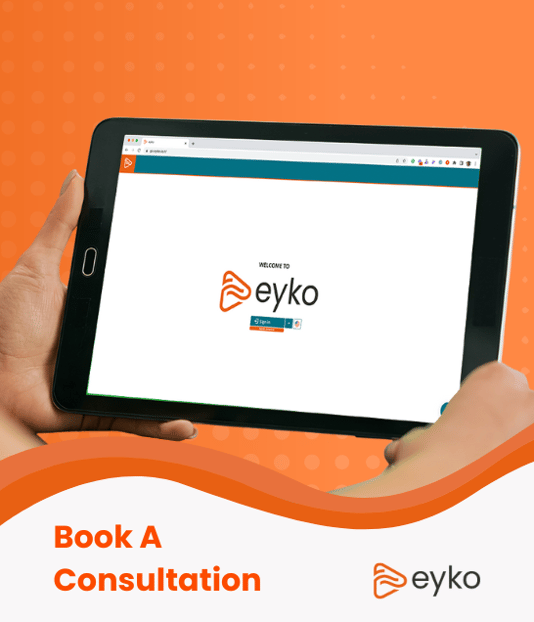Data Enrichment For All
How to enrich data for analysis?
"Let them eat data!"
While the royals in IT may have all the riches in data, business users have had to eat cake!
A classic problem when blending data from multiple sources is the need to augment and enrich that data with additional fields such as calculations, time hierarchies, classifications, customer scoring, translations, or to create lookup tables for pivots and filtering.
Typically Data Cleansing and Enriching tools like IBM, Tibco, Informatica, Oracle, and others are used by IT experts to augment data as they are moving it from operational systems to a data warehouse.
When Business Users need to answer tough questions or classify customers into categories, or create consistent calculations to be used across all reports and dashboards they don't want to rely on IT to enrich the data for them. In fact, enriching the data is often left to Excel extracts and disconnected data silos.
A tool optimized for business users that can blend data from multiple sources only goes so far if that same business user can't also enrich the information with fields critical to their analysis needs.
eyko Gives Business Users Data Riches
eyko, not only lets business users blend data from multiple sources, but it also gives them the ability to create brilliant data assets.
Brilliant Data Assets – eyko’s vast library of functions makes it easy to enhance your data in many ways, giving you new insights and perspectives in minutes. You don’t need to be an IT expert.
Simple Workflow – eyko makes it easy to create assets, answer a few key questions and you’re done.
Endless Enrichment Possibilities – eyko’s rich set of functions and machine learning capabilities will augment your data into rich data assets.
Watch this short video to learn more about eyko's data cleaning and enrichment capabilities.
Here are some of the data enrichment capabilities of the eyko platform.
|
Asset Types |
Possibilities |
|
Aggregations |
Sum, count, minimums, maximums, averages, etc. to existing or new entities |
|
Calculations |
Create new entities such as variance, variance %, add, subtract, multiply, divide, predictions, etc. |
|
Classifications |
Classify source data into new dimensions like sentiment, smart matching, anomalies, machine learning classification |
|
Standardizations |
Use Machine Learning to standardize names or other character values. Or create universal Place-key locators for addresses. |
|
Tables |
Create new tables such as clones, hierarchies, pivots, and unions |
|
Transformations |
Convert character to numeric or vice-versa, convert dates, create date calculations, and time intelligence |
|
Translations |
Translate source values to multiple languages to support multi-lingual reporting and analytics. |
|
Presentation |
Create standardized slicers and filters to be used across report and dashboard templates |
Share this
You May Also Like
These Related Stories

Can Users Really Have Self Service ETL and Analytics?

How to Merge Multiple Data Sources and Build Reports with eyko

